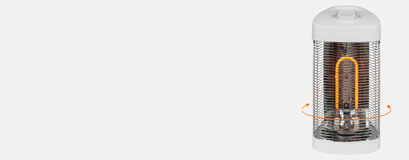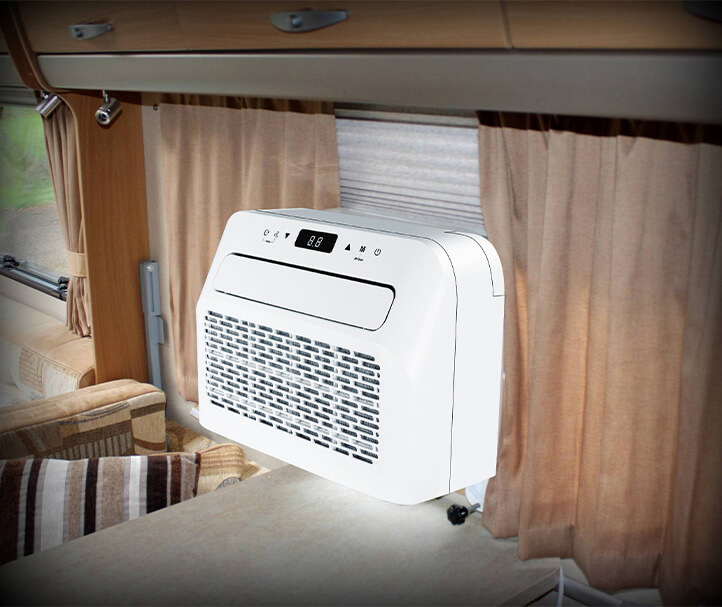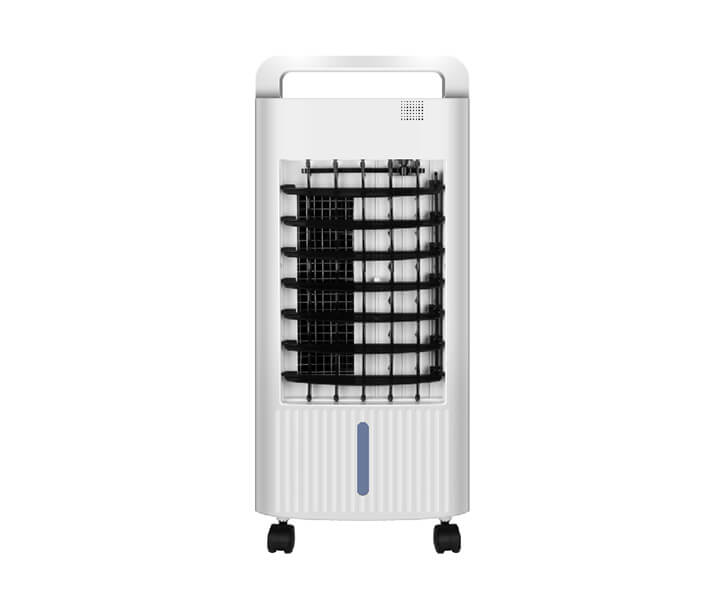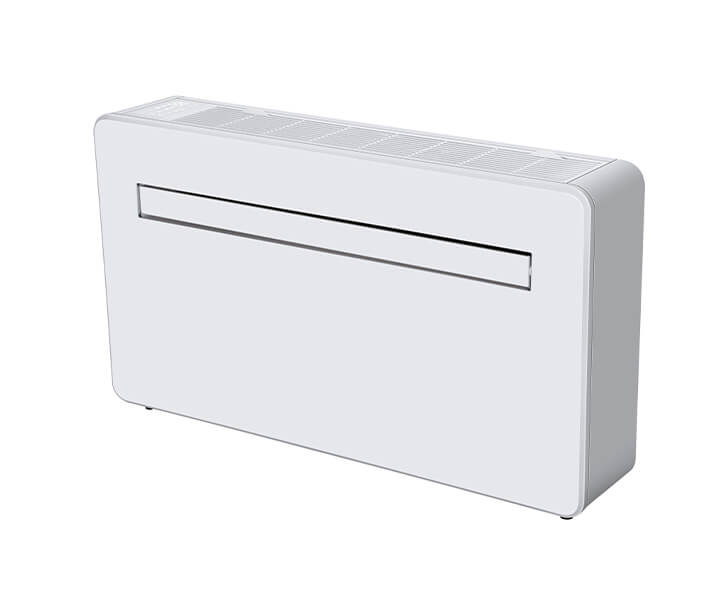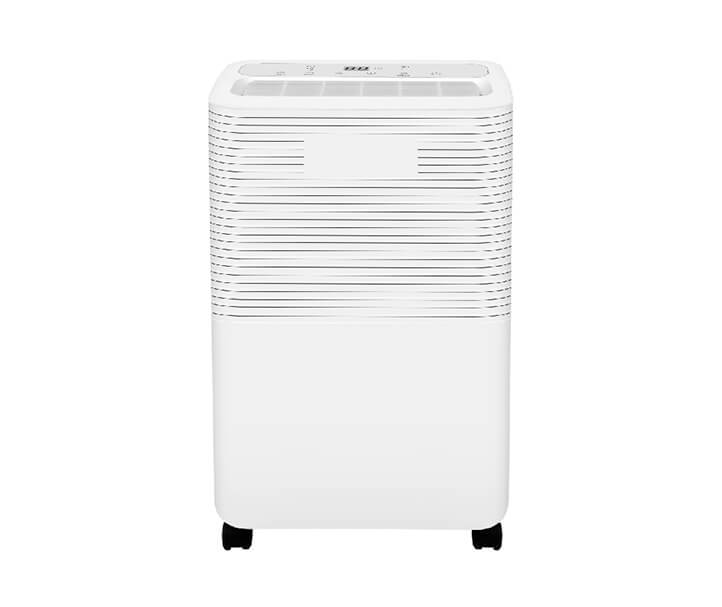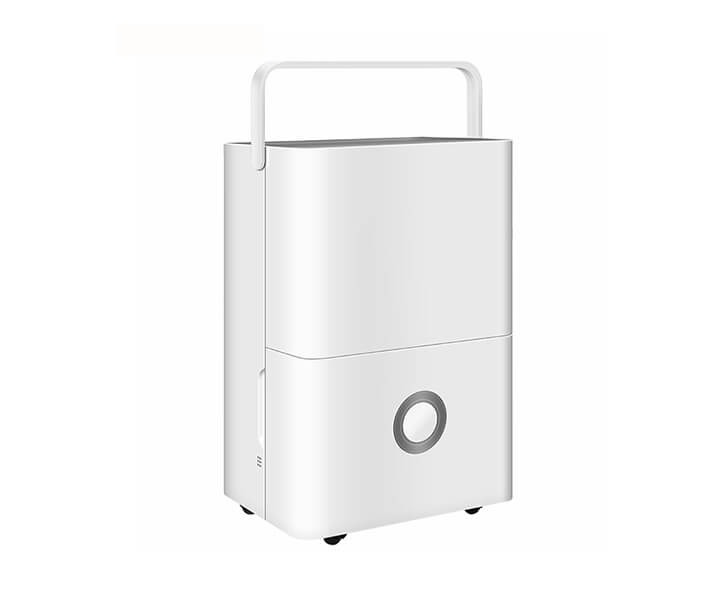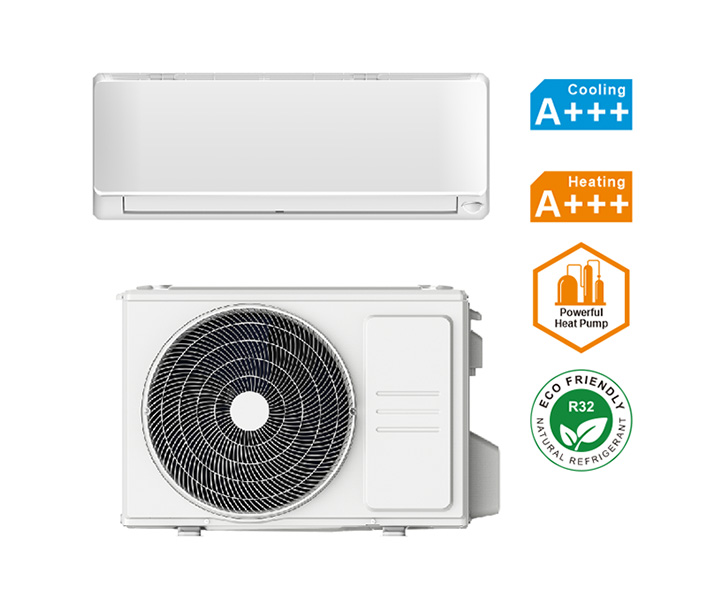
Are infrared heaters suitable for outdoor use?
2023-09-08 18:02:08
Evaluating the Suitability and Practicality of Infrared Heaters
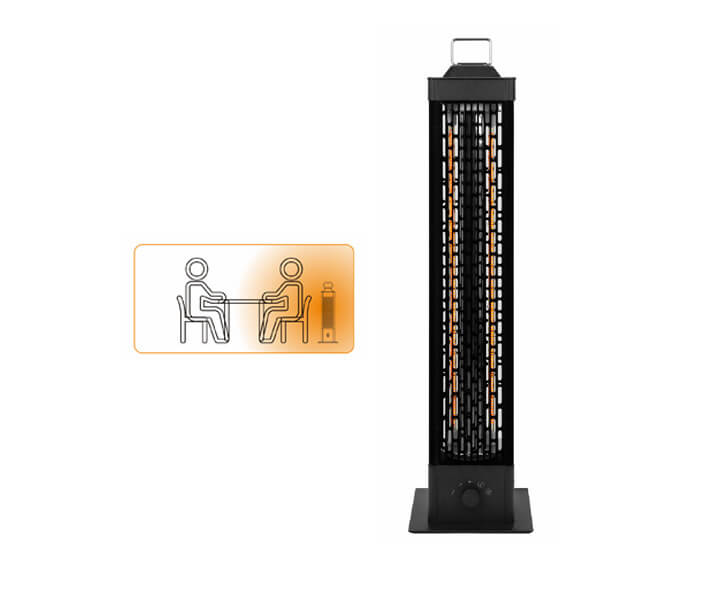
Are infrared heaters suitable for outdoor use? This question arises as people search for efficient and effective ways to warm their outdoor spaces. In this article, we will delve into the world of infrared heaters, examining their features, benefits, and limitations.
Understanding Infrared Heaters
Infrared heaters are a type of heating technology that emit infrared radiation to warm objects and individuals directly, rather than heating the surrounding air. They work by producing invisible, electromagnetic waves, which transfer heat to nearby objects without heating the air in between. This feature makes infrared heaters highly energy-efficient and effective in outdoor environments.
The Benefits of Infrared Heaters for Outdoor Use
1. Instantaneous Heating: Infrared heaters provide immediate and focused heat as soon as they are turned on. Unlike traditional heaters, which take time to warm up the air, infrared heaters transfer heat directly to people and objects in their path, ensuring a quick and efficient heat source for outdoor spaces.
2. Zone Heating: Infrared heaters allow for zone heating, which means you can target specific areas in your outdoor space that require heating. This targeted heating saves energy by avoiding unnecessary heating of unused areas.
3. Wind-Resistant: Since infrared heaters directly warm objects rather than air, they remain unaffected by wind. This makes them an ideal choice for outdoor use, where strong winds can swiftly disperse heated air from conventional heaters.
4. Clean and Odorless: Infrared heaters do not burn fuels or use fans to circulate heat, making them free from fumes, dust, and noise. This clean and odorless heating solution ensures a comfortable outdoor experience without any discomfort.
The Limitations of Infrared Heaters for Outdoor Use
1. Limited Range: Infrared heaters have a limited range of heating, typically within a few meters. Therefore, they may not be suitable for large open spaces. However, by strategically positioning multiple units, you can effectively heat larger areas.
2. Directional Heating: Infrared heaters emit heat in a specific direction. This means that individuals and objects within the line of sight of the heater will experience warmth, while those outside its path may not. Proper placement and orientation of the heaters are crucial for optimal heating.
3. Cost: Although infrared heaters are highly energy-efficient and can save money in the long run, the initial cost of purchasing and installing them can be higher compared to traditional heaters. However, their energy efficiency and targeted heating capabilities can help offset this initial investment over time.
Conclusion
Infrared heaters offer numerous advantages for outdoor heating, such as instant and focused heat, wind resistance, and clean operation. With their energy efficiency and ability to provide targeted heating, they prove to be a valuable option for heating outdoor spaces. However, factors like limited range, directional heating, and initial cost should be considered before making a decision. In conclusion, while infrared heaters are suitable for outdoor use, proper planning and consideration of specific needs and limitations are essential to ensure the best results.
Get the latest price? We'll respond as soon as possible(within 12 hours)


